Want to eat more plant-forward but worried about not getting enough protein? Read on for 10 plant-based protein sources to add to vegetarian meals. We’ve also included 60+ recipe ideas to give you inspiration!
(This post is written by Cheerful Choices contributors, Corrin Coons and Sydney Coons.)
Why is protein important?
Protein is used for a variety of functions in the body. Here’s just a few things it does:
- Supports the growth and maintenance of tissues
- Promotes a healthy immune system
- Promotes satiety
- Helps transport nutrients
- Forms essential hormones and enzymes
- Promotes wound healing
- Ensures proper fluid balance
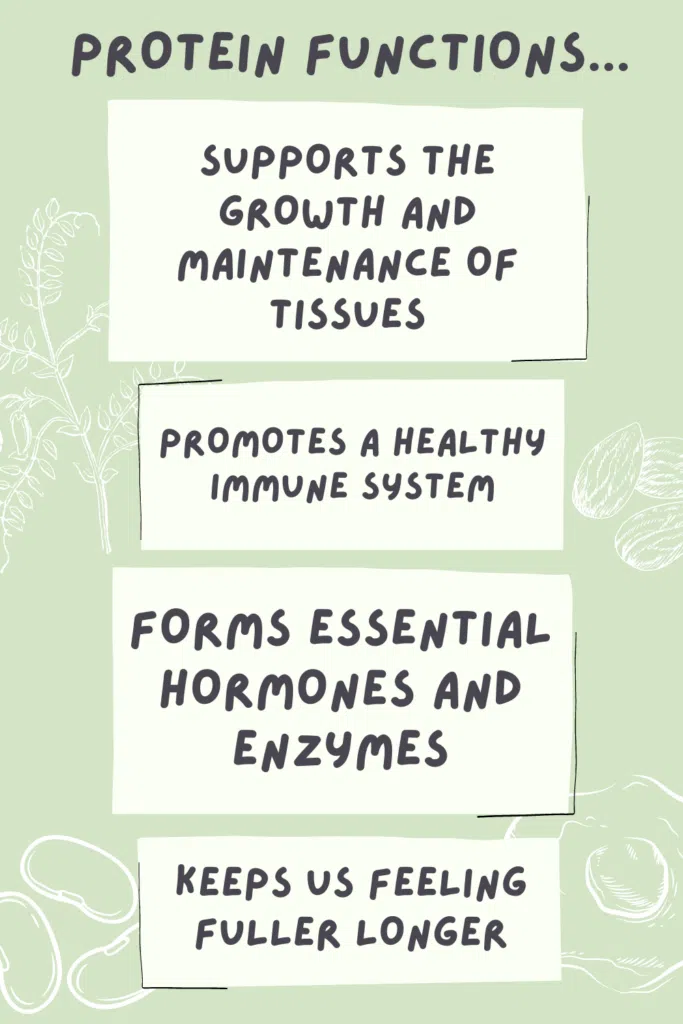
How much protein do I need?
We recommend aiming for 25-30 grams of protein at every large meal as this has been shown to help us feel fuller longer and preserve lean body mass. It’s also beneficial to focus not only on the amount, but the type of protein you’re eating.
While animal sources of protein contain all nine essential amino acids, most plant-based protein sources are incomplete, meaning they’re lacking one or more essential amino acids. Because of this, it’s best to incorporate a variety of plant-based protein sources into your diet each week to ensure you’re getting all the essential amino acids your body needs.
What are plant-based protein sources?
There are plenty of vegetarian protein options out there, but we are focusing on 10 of our favorites! Get creative and use them in all different types of recipes!
- Tofu and Tempeh
- Black Beans
- Eggs
- Chickpeas
- Edamame
- Lentils
- Soy Milk
- Quinoa
- Nuts and Seeds
- Nutritional Yeast
1. Tofu and Tempeh
Tofu is made from collecting the curd of coagulated soy milk. It’s very versatile due to its neutral flavor and variety of available textures. Tofu is pretty bland on its own, but it will take on any spices and sauces you add to it, so don’t be shy with the seasonings. One ½ cup serving of tofu contains 10 grams of protein.
There are different types of tofu ranging from firm to silken. Try adding silken tofu to smoothies or soups to provide extra creaminess. Learn how to press firm tofu and use it cubed or crumbled in grain bowls or tofu scrambles. There’s also calcium-set tofu, which is a great plant-based source of calcium.
Tempeh is also a soy product, but, unlike tofu, it’s fermented and made from cooking the entire soybean. Tempeh has a more distinct flavor and chewy texture that’s similar to meat. One ½ cup serving of tempeh provides 16 grams of protein. A major benefit of both tofu and tempeh is that they contain all nine essential amino acids making them high quality protein sources.
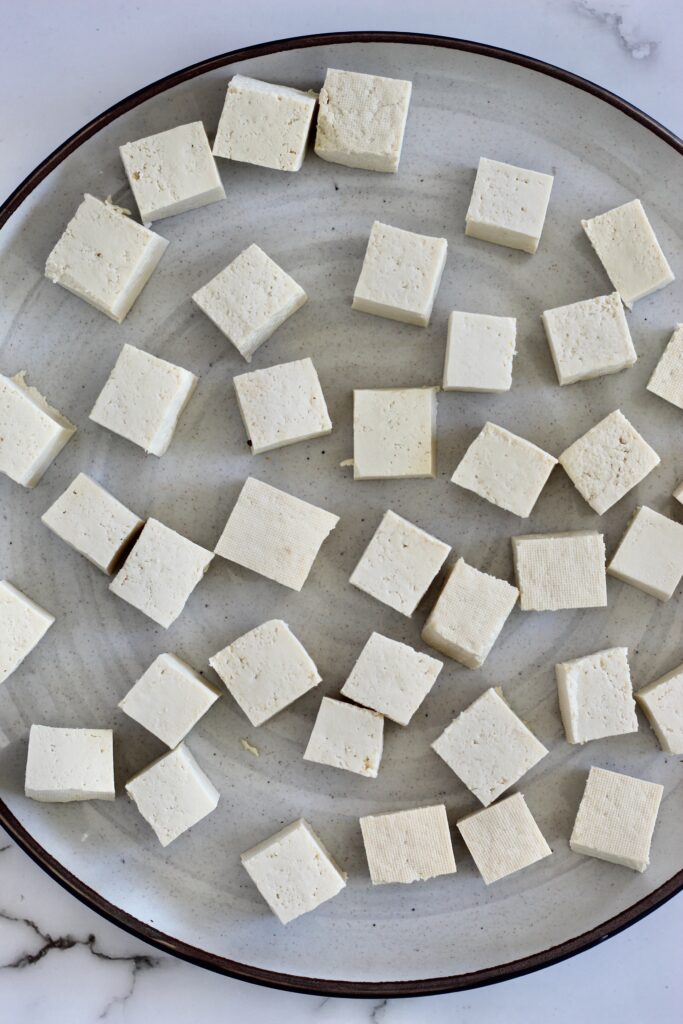
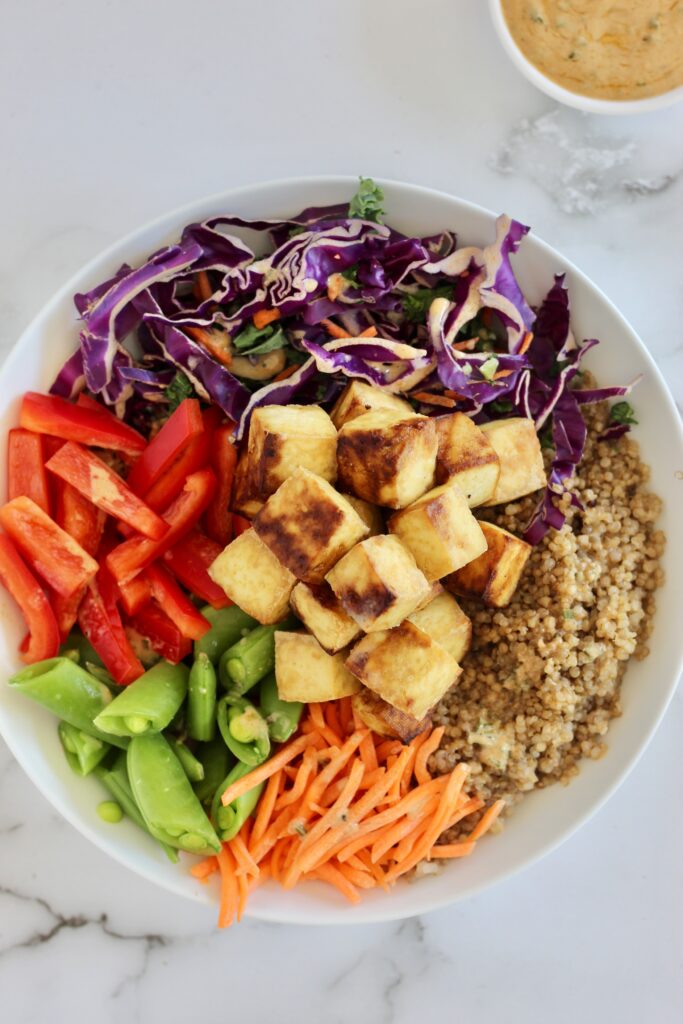
Recipes featuring tofu and tempeh:
- Crispy Baked Orange Tofu
- 9 Delicious Baked Tofu Marinades
- Low Sodium Chili – this recipe uses tofu as the “ground meat”
- Vegan Ramen with Crispy Tofu
- Tofu Crumble Bowl
- Sheet Pan Garlic Tofu and Brussels Sprouts
- Lebanese Tempeh and Bell Pepper Rice Bowl
- Easy Tempeh Fajitas
- Vegan BLT Salad – this recipe is made with tempeh “bacon”
- Thai Tempeh Stuffed Sweet Potatoes
2. Black Beans
Black beans are a nutritional powerhouse and a great addition to any diet. One 1/2 cup serving of cooked black beans packs in 8 grams of protein along with 7 grams of satiating fiber and important nutrients like iron and folate.
To reduce tummy troubles from consuming black beans – try soaking dry beans overnight before cooking, or thoroughly rinse canned beans. Try adding beans to burritos or soups, or use them as a meat replacement in burgers and meatballs.

Recipes featuring black beans:
- Spicy Black Bean Burgers
- Italian Style Black Bean Meatballs
- Easy Black Bean Brownies
- Smoky Sweet Potato and Black Bean Chili
- Chipotle Black Beans
- High Protein Veggie Burgers
- Pantry Rice and Bean Soup
- Three Bean Lentil Chili
- Bean Curry (Lubya Afghan Curry)
3. Eggs
Eggs are considered the gold standard when it comes to protein since one egg provides all nine essential amino acids in quantities that match what the body needs. One large egg provides 6 grams of protein in addition to beneficial nutrients like choline, vitamin B12, and carotenoids. Plus, eggs contain both saturated and unsaturated fats that are important for satiety and many cellular functions.
Try hard boiling eggs to eat on their own as a snack, as part of breakfast, or on top of salads. Scrambled eggs or frittatas are great for a quick and easy breakfast.

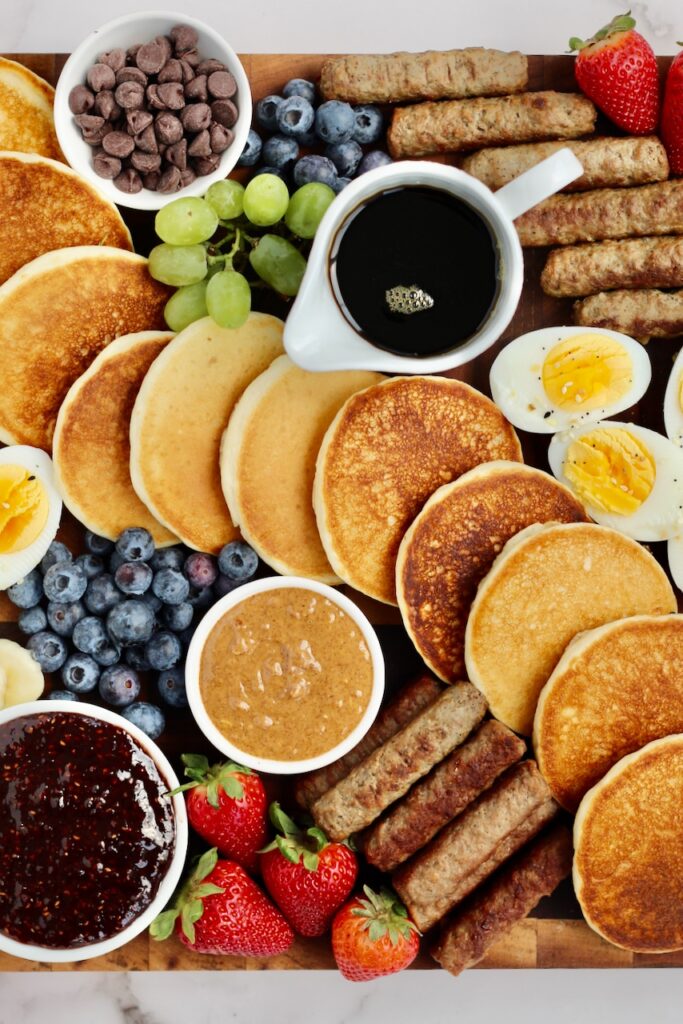
Recipes featuring eggs:
- Egg White Frittata
- Veggie Bites
- Healthy Vegetable Frittata
- Breakfast Charcuterie Board – hard boiled eggs are a great edition
- Vegetarian Lentils with Egg Toast
4. Chickpeas
Chickpeas, also known as garbanzo beans, are packed full of protein and fiber with 7 grams and 6 grams, respectively. Like other beans, you can cook raw chickpeas or save some time by using canned chickpeas. When purchasing canned beans, look for low sodium varieties and be sure to thoroughly rinse from the can. Rinsing canned beans can remove up to 40% of excess sodium.
Chickpeas are great to snack on as is, mashed into a “chickpea salad”, or roasted for an added crunch.
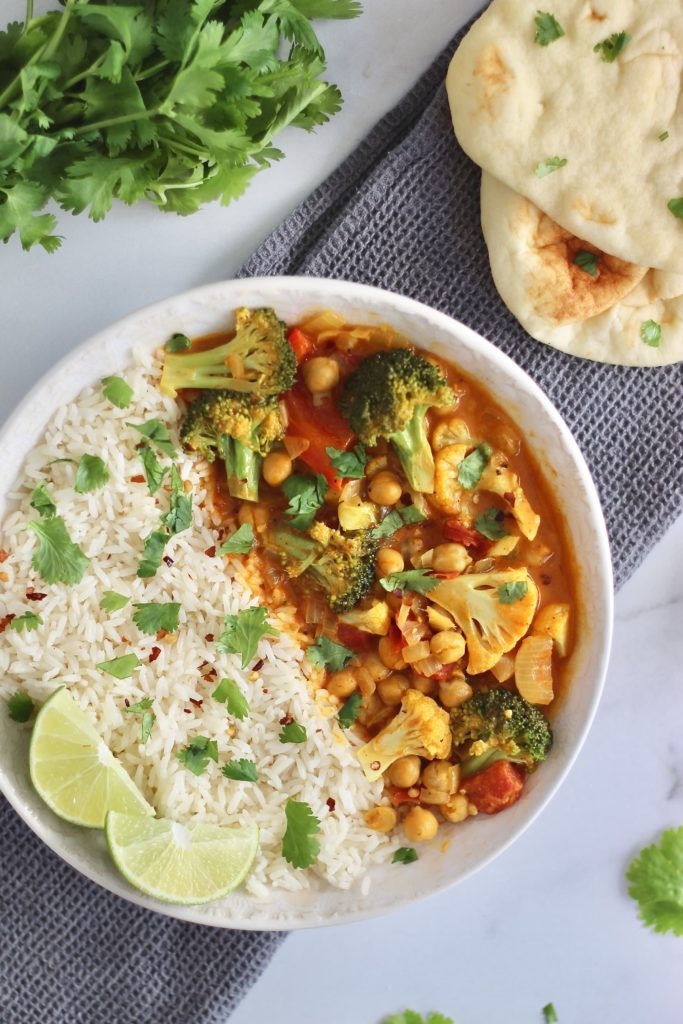
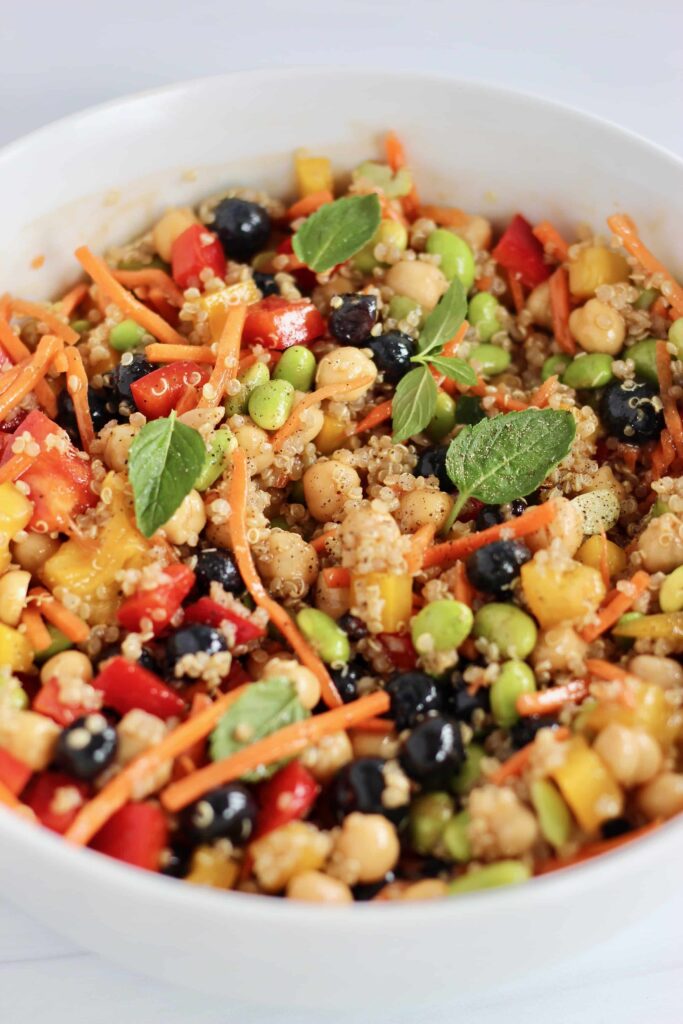
Recipes featuring chickpeas:
- Roasted Couscous Chickpea Bowl
- Chickpea “Chicken” Salad
- Peanut Butter Hummus
- Mixed Vegetable Curry with Coconut Milk – this recipe calls for a protein of your choice so you can use chickpeas here
5. Edamame
Edamame beans are immature soybeans and, just like tofu and tempeh, they’re a complete protein. One ½ cup serving of edamame boasts 9 grams of protein along with 4 grams of fiber. Edamame is also a great source of iron, folate, and vitamin K, among other nutrients.
Try adding edamame to grain bowls, noodle dishes, or salads, or eat them on their own as a protein-packed snack. Frozen edamame can be a great staple to always have on hand to use in unplanned meals or snacks. Note: shelled frozen edamame is often called “mikumame”.

Recipes featuring edamame:
- High-Protein Vanilla Smoothie – frozen edamame is blended into this smoothie for added protein
- Spicy Garlic Edamame
- Edamame Succotash
- Edamame Falafel with Spicy Lemon Aioli
- Air Fryer Edamame with Brussels Sprouts
- Healthy Ramen Noodle Jars
6. Lentils
Lentils are a member of the legume family and include many varieties. Among legumes, lentils contain one of the highest amounts of protein with 9 grams per ½ cup cooked serving. They’re also high in fiber and an excellent plant-based source of many B vitamins and iron which are typically lacking in plant-based diets.
Flat green lentils and brown lentils hold their shape well when cooked and are commonly used in meals like soups or burgers. Red and yellow lentils, however, break down more when cooked making them better suited for dishes like curries or dahls. Try adding lentils to salads and soups, or use them as a meat replacement in lasagna, tacos, or meatballs.
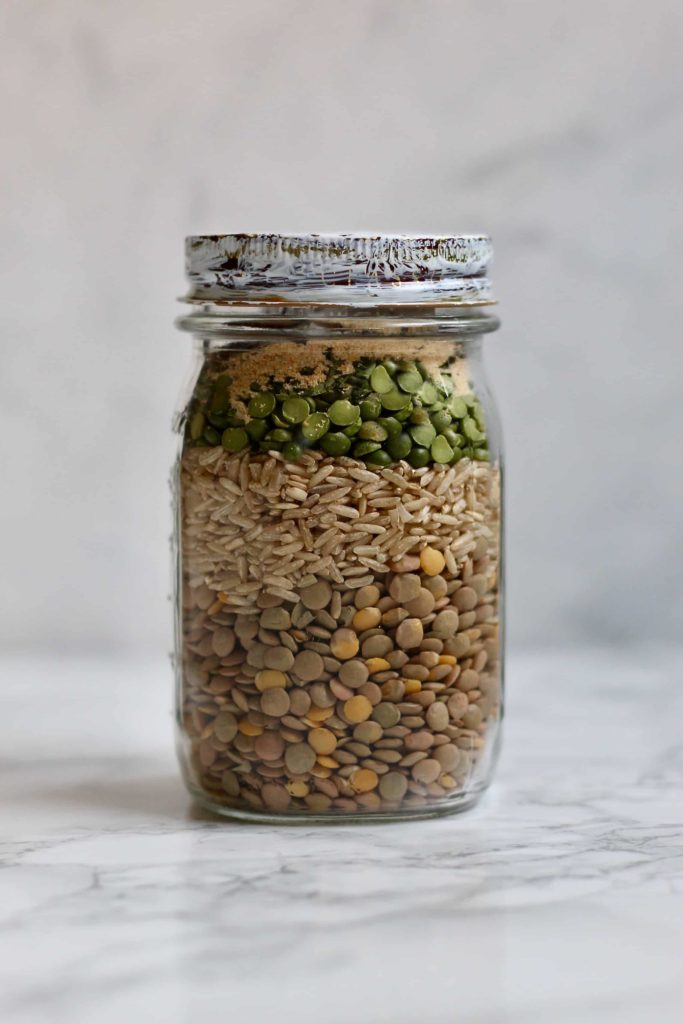
Recipes featuring lentils:
- Lentil Brown Rice Dry Soup Mix
- Spaghetti Sauce with Lentils
- Air Fryer Stuffed Peppers – this recipe replaces traditional ground meat with lentils
- Vegetarian Lentil Meatballs
- Deconstructed High Protein Lasagna – this recipe uses lentils as the protein source
- Vegan Protein Oatmeal – this oatmeal features lentils for some added protein
- Easy Lentil Taco Meat
- Coconut Green Lentil Curry
- Vegetarian Lentil Shepherd’s Pie
- Mini Curried Lentil Cakes
7. Soy Milk
Soy milk is a great plant-based milk option because it contains a similar amount of protein as cow’s milk with 7 grams per 1 cup. Plus, while both milks contain a similar amount of fat, soy milk contains more polyunsaturated fat and less saturated fat than whole or 2% cow’s milk. You’ll find both sweetened, unsweetened, and flavored versions so pay attention to the label when purchasing.
Soy milk is thicker than other alternative milks and has a relatively mild flavor. This makes it great to use in a variety of recipes. Try pouring soy milk over cereal, blending it into smoothies, or stirring it into sauces and creamy dishes in place of milk or heavy cream.
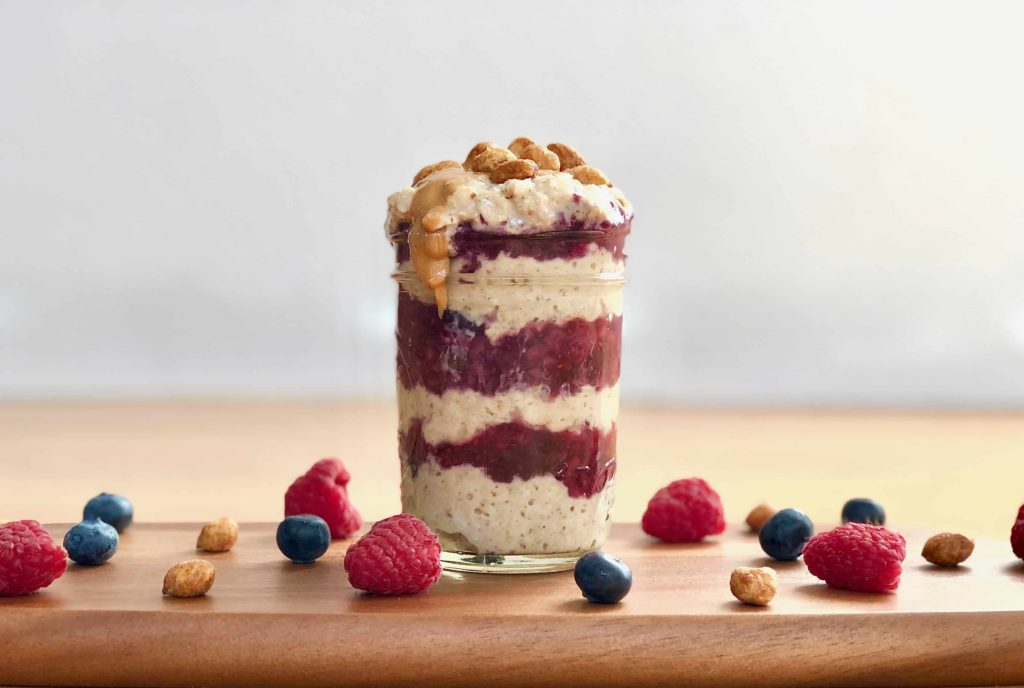
Recipes featuring soy milk:
- Overnight Oats – soy milk can be used as the “milk of choice” here
- Vegan Bechamel Sauce
- Flaxseed Protein Shake – soy milk can also be used as the “milk of choice” here
- Vegan Smoothie Bowls
8. Quinoa
Quinoa contains 4 grams of protein per ½ cup cooked serving and, like soybeans, is one of the few plant foods that contains all essential amino acids. Although not technically a grain, quinoa is considered a whole grain food source and is high in fiber and many nutrients including folate, magnesium, iron, and zinc. Quinoa is also gluten-free, making it a great option for those with celiac disease or a gluten intolerance.
Quinoa has a nutty flavor and is somewhat crunchy. It’s very versatile and can be used as the base of salads or meal prep bowls, ground into flour for baked goods, or incorporated into sweet treats for added crunch.
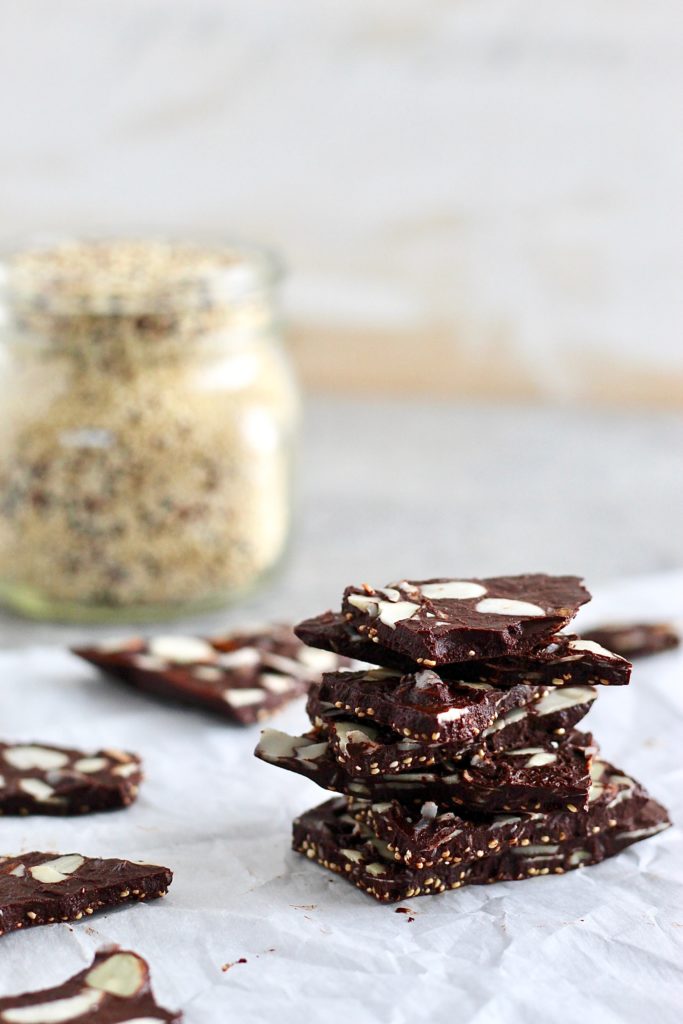
Recipes featuring quinoa:
- Chickpea Edamame Salad – this recipe uses quinoa as the base of the salad
- Crunchy Granola with Quinoa
- Vegan Chocolate Bark – this recipe features quinoa for some added protein and crunch
- Mexican Quinoa Stuffed Peppers
9. Nuts and Seeds
Nuts are not only a great source of protein, but also fiber and healthy fats making them ideal for promoting satiety. The amount of protein varies slightly among different varieties, with peanuts containing the most at 9.5 grams of protein per 1/4 cup serving. Almonds, pistachios, walnuts, pecans, and cashews, among others, are going to be great sources of plant protein too.
Seeds like flax seeds, hemp seeds, and chia seeds are also high in protein, fiber, and healthy fats, particularly omega-3 fats. For example, two tablespoons of chia seeds contains around 5 grams of both protein and omega-3 fats.
Try blending nuts into vegan cheese sauces, drizzling nut butter over oatmeal, or topping yogurt bowls and salads with hemp seeds, sunflower seeds, or sliced almonds for added protein and crunch. Flax seeds, in particular, are a great addition to smoothies due to their thickening abilities. They can also be used in baking as an egg replacement. Chia seeds also thicken foods making them perfect for homemade jams and chia pudding.
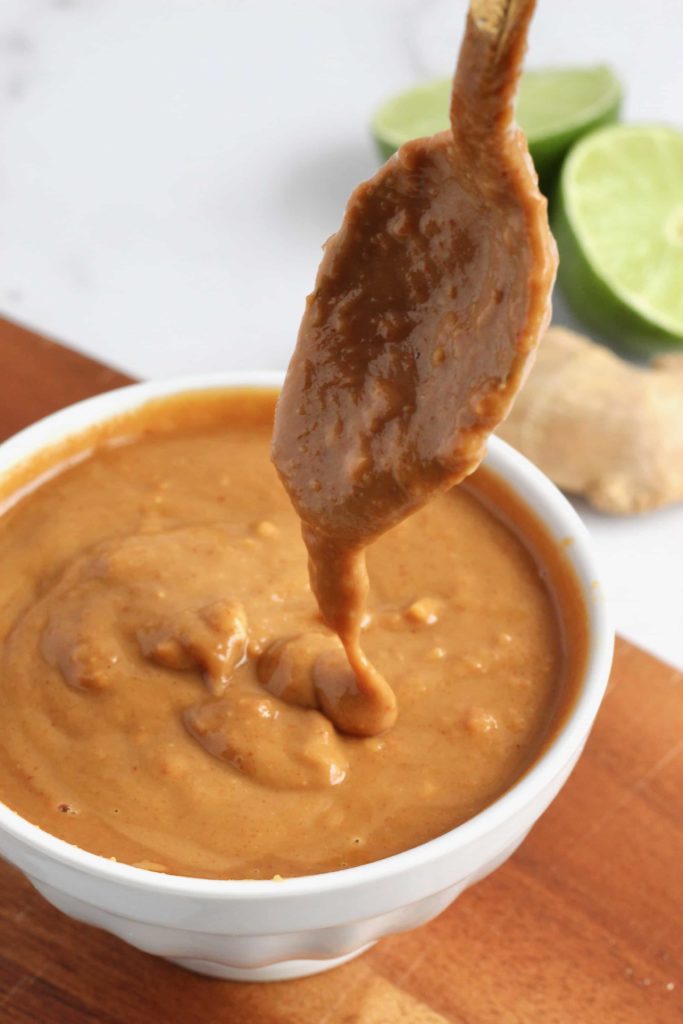
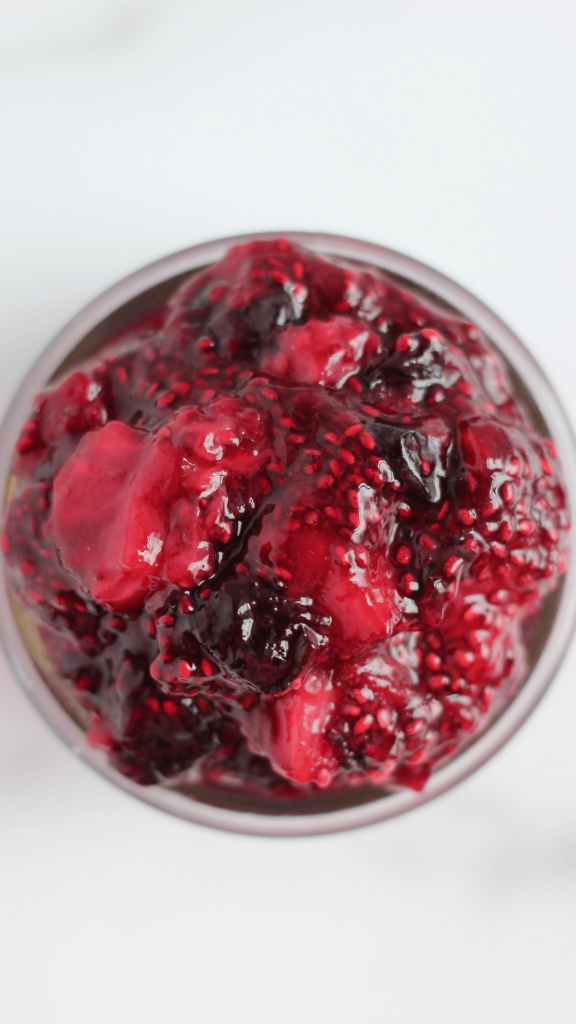
Recipes featuring nuts and seeds:
- Thai Peanut Sauce – aka one of the best sauces you’ll ever have!
- Customizable Peanut Salad
- Salted Caramel Protein Balls – cashews provide the ‘caramel’ taste in this recipe
- Peanut Butter Smoothie Bowl
- Energy Bites Recipe Template
- Nut Butter Stuffed Dates
- Customizable Chia Seed Jam
- Pecan Pie Overnight Oats
- Bliss Balls
10. Nutritional Yeast
Nutritional yeast is a dried and powdered yeast product that’s often fortified with vitamins and minerals. It’s particularly high in vitamin B12 which is often lacking in plant-based diets. Nutritional yeast contains 5 grams of plant-based protein and 2 grams of fiber per 2 tablespoon serving.
Nutritional yeast is low in sodium and provides a savory umami flavor making it an excellent seasoning choice for a variety of dishes. Plus, it adds a cheesy flavor, so it can be used to make dairy-free cheesy soups, sauces, and salad dressings. You can also sprinkle it onto roasted vegetables, proteins, or even popcorn much like you would with shredded parmesan cheese.
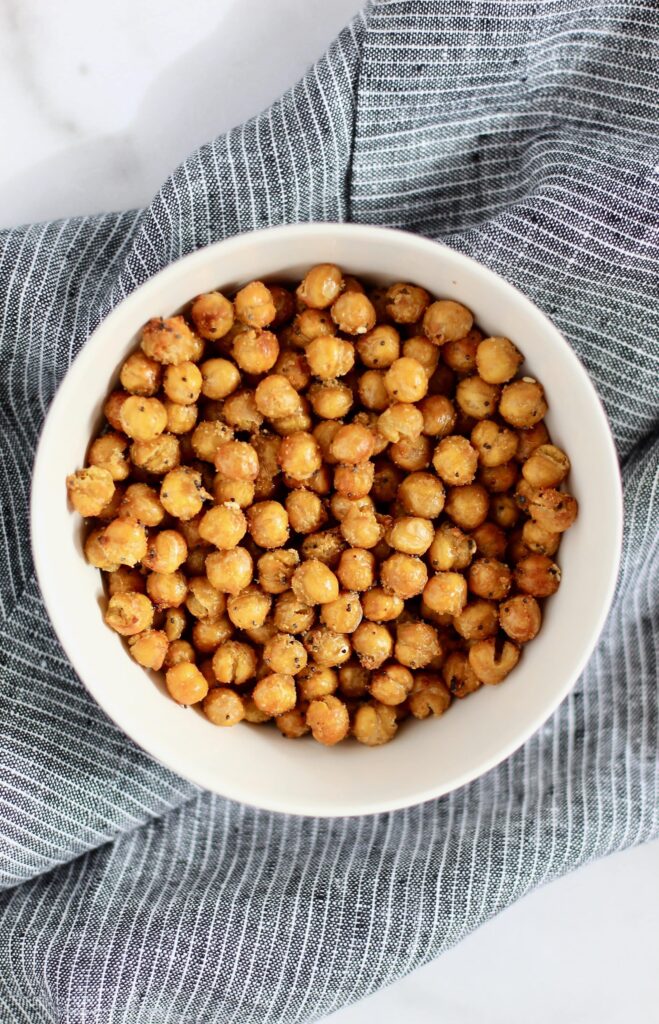
Recipes featuring nutritional yeast:
- Air Fryer Roasted Chickpeas – you can use nutritional yeast in this recipe as the seasoning of choice
- Leek and Cauliflower Soup
- Nutritional Yeast Dressing
- Coconut Milk Mac and Cheese
- Eggless Vegan Frittata
- Vegan Tofu Ricotta
As you can see, eating plant-forward doesn’t mean you have to miss out on protein. Nutrient-dense, delicious vegetarian protein options can easily be incorporated into a variety of meals. Plus, plant-based protein sources are often higher in fiber, healthy fats, and other nutrients that animal-based proteins typically lack.
For your next meatless meal, consider using one of these high protein options!
save this high protein vegetarian meals guide on pinterest:
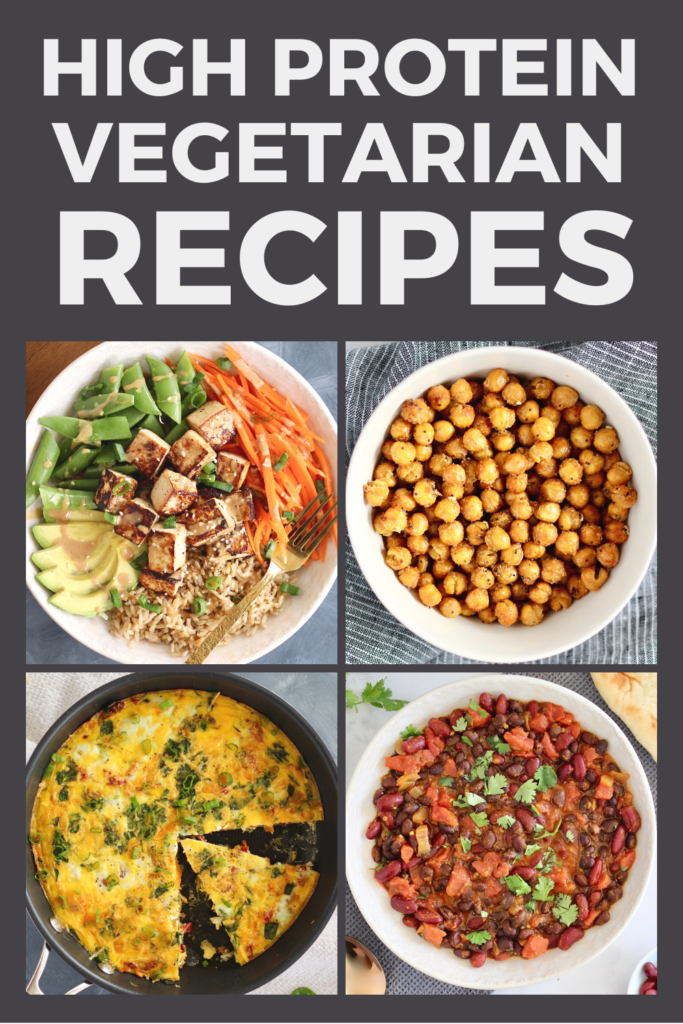

Bio: Corrin and Sydney are both Registered-Dietitians-to-be from Westminster, Colorado who are passionate about helping others through food and nutrition. They are both currently Food Science and Human Nutrition majors at Colorado State University looking to graduate in 2023 and pursue their Masters in Dietetics. In their free time, Sydney and Corrin enjoy backpacking in the Colorado mountains, doing yoga, and cooking new recipes. They love sharing their passion for food with others and providing food inspiration on their Instagram page. You can connect with them on Instagram @nutri.liciouseats!

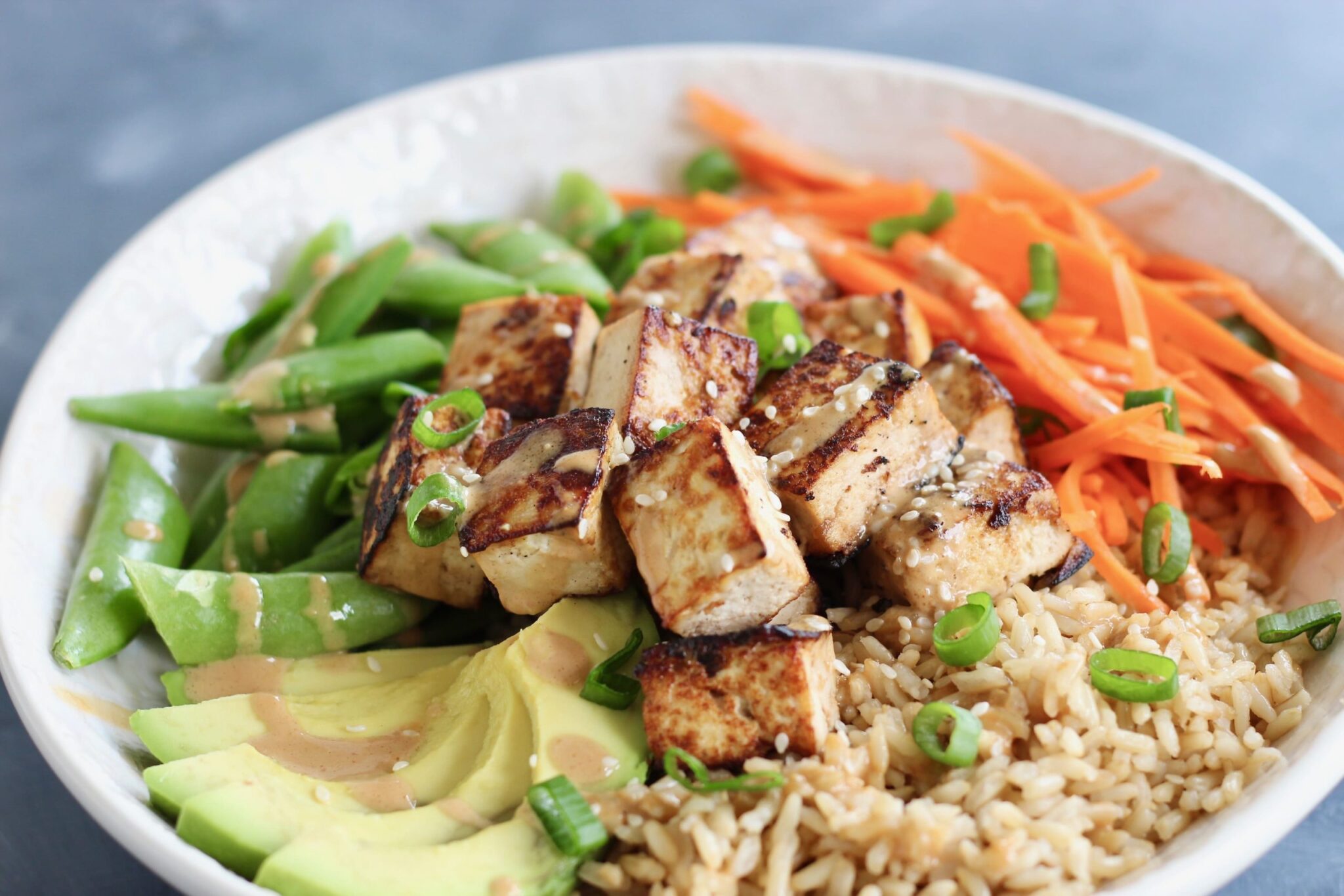





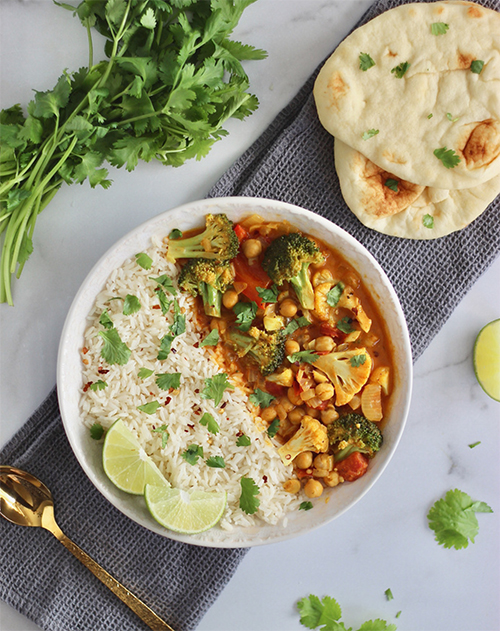
0 Comments